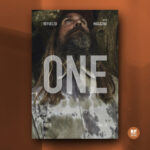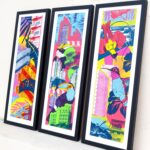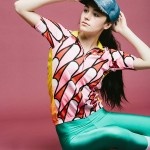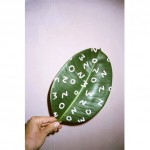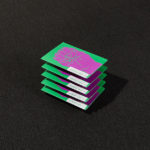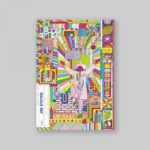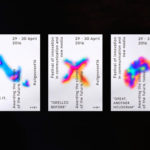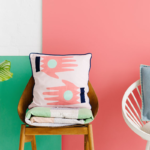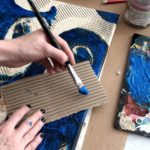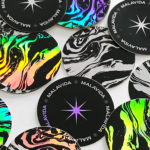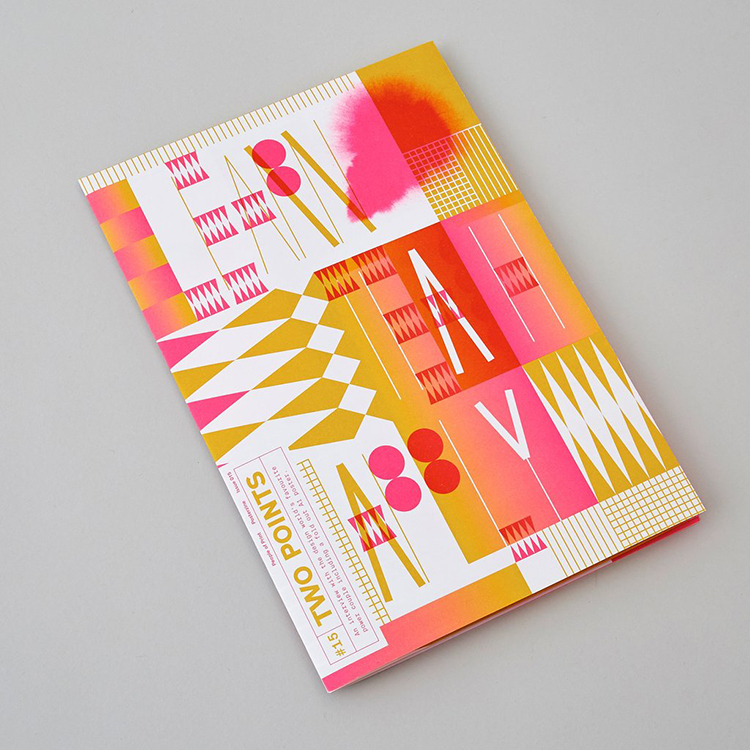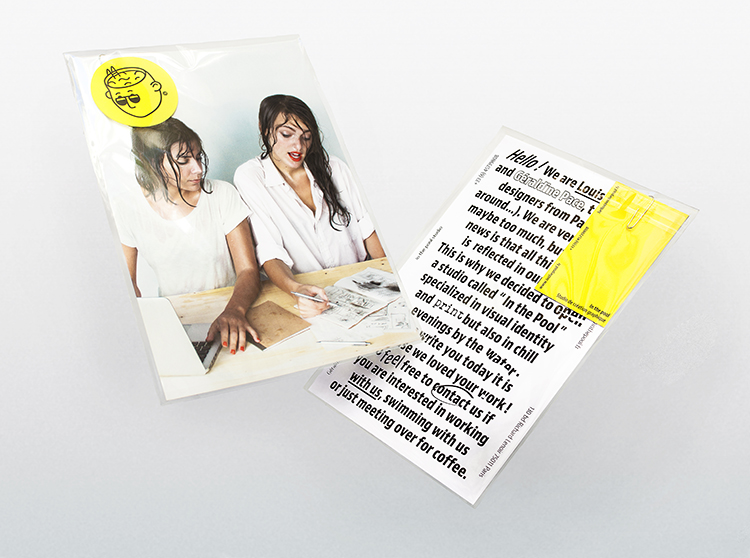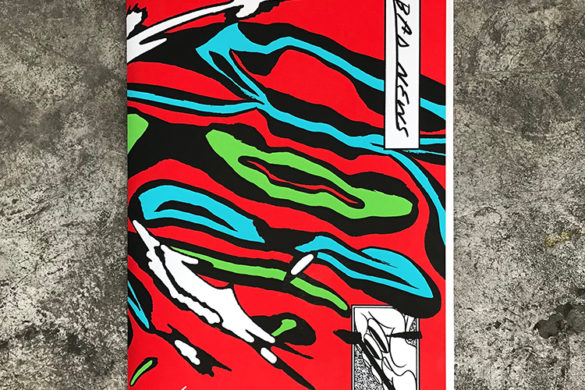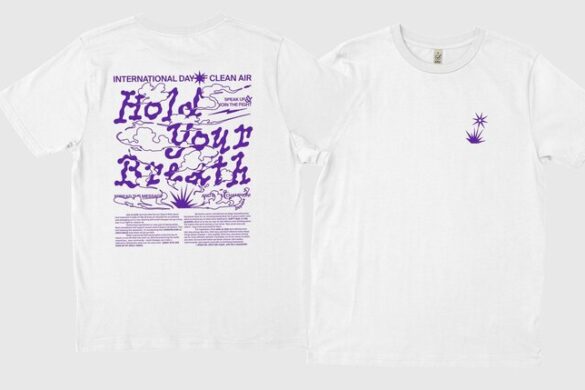We’ve been following the career of Indian-born designer and art director Simoul Alva for a few years now, and her tenacity and talent never fails to impress us. Now based in New York and working across identity design, storytelling and visual strategy.
She’s previously worked with Pentagram, Sagmeister & Walsh, Wieden+Kennedy and Codesign Brand Consultants; and Think Tank Team at Samsung Research America in California – taking on many of these big-name roles while she was still studying.
Having graduated from the National Institute of Design, India, today her clients include The New York Times, Harvard Business Review, MIT Technology Review, The Wall Street Journal, The Atlantic, Adobe, WIRED, Slack, New York Magazine and Wieden+Kennedy. Currently she’s a senior visual designer and art director at Robinhood, and we had a chat with her about motivation, how to make a killer portfolio, recent design trends and more.
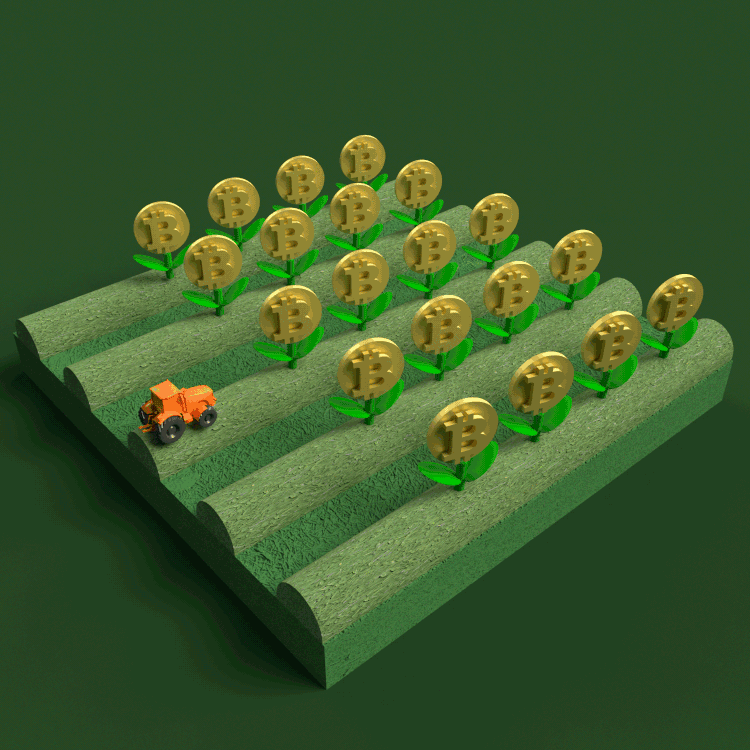 What advice do you have around job interviews and presenting your portfolio?
What advice do you have around job interviews and presenting your portfolio?
Present and curate a portfolio of work you want to actually create. Highlight through keywords or brief descriptions your role in the project you are showcasing. In interviews, talk about design decisions and insights instead of describing the work interviewers can see. Talk about the context and challenges you faced during the project.
If you are aware of the impact your project made, talk about that so there is some pointer for the success of the solution. A big part of successful design is communicating your thought process. Always ask questions in an interview to learn more about the team, your role and the business objective your potential job is focused on.
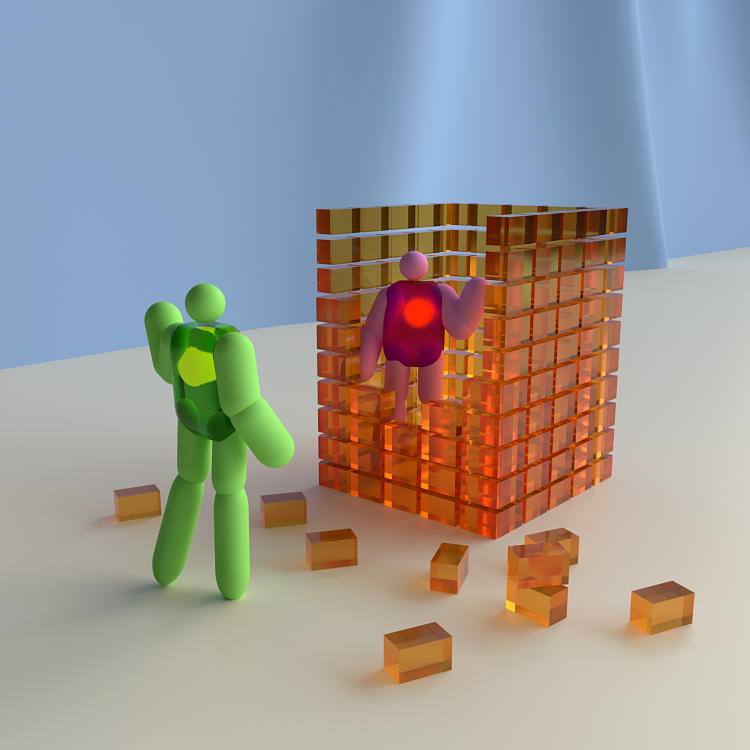
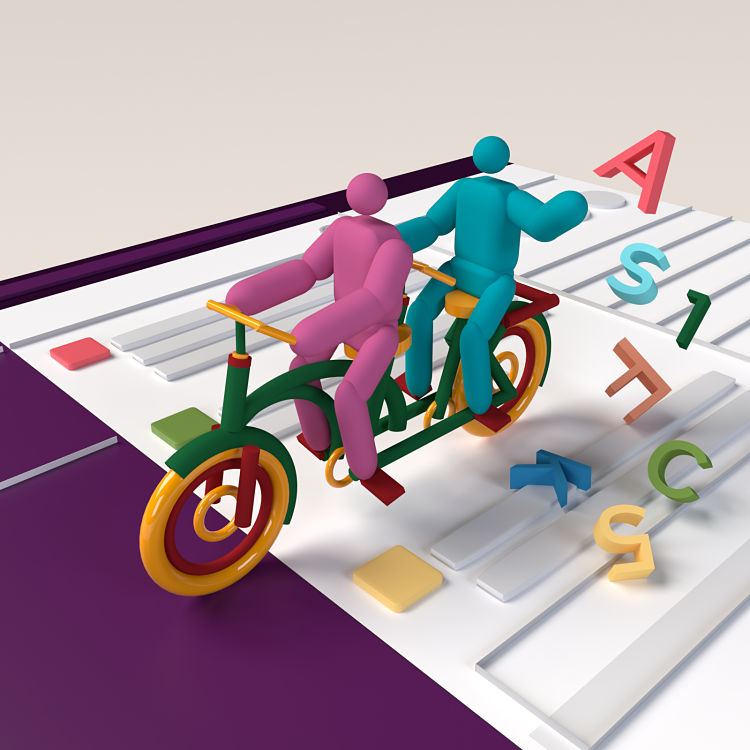 How have you found the last year in terms of the pandemic and all that?
How have you found the last year in terms of the pandemic and all that?
With respect to my 3D illustration work, as I design for news and editorial settings, the work has revolved around the pandemic. There has been a shift to illustration as a moving image. Something that I incorporated in my style by doing frame by frame animations. The illustration work around the pandemic started out as purely informational and news driven in early 2020. Now the stories are more about the effects of the pandemic and changes in human life and connection.
 How have you navigated staying motivated?
How have you navigated staying motivated?
I try to structure my day to avoid things from piling on. I find myself allocating tasks according to my productivity during the day to avoid reaching a point where I am too tired to get to them. I am a morning person, so a lot of my heavy planning and strategic work happens in the first half. I then set up time to work on execution.
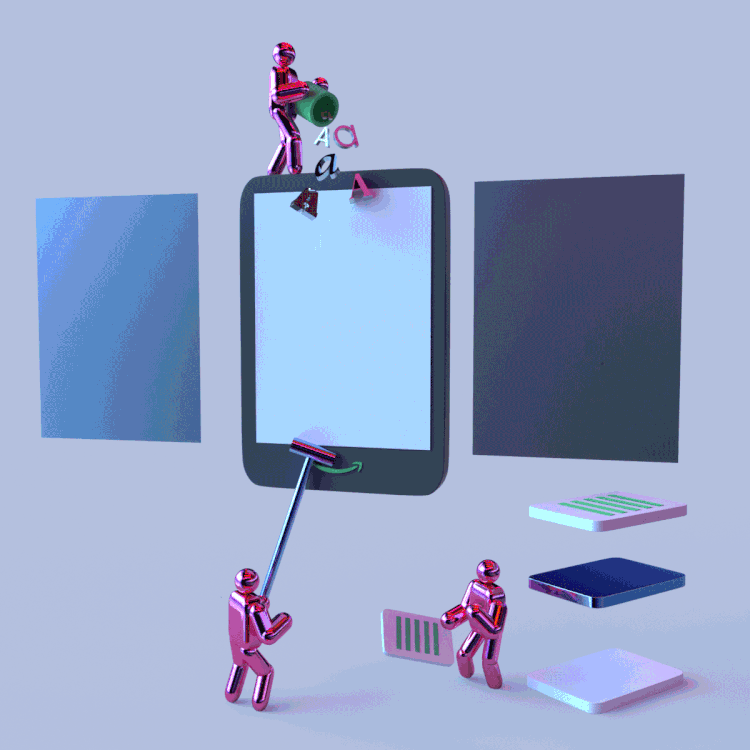 Are there any trends you’ve noticed in design over the past year or so?
Are there any trends you’ve noticed in design over the past year or so?
Design feels simpler and more accessible now: it’s less about creating something complicated that doesn’t resonate with anyone and more about making something effective. Brands are striving to find something unique and authentic to form a connection—less complex looking design, more communication, less clutter.
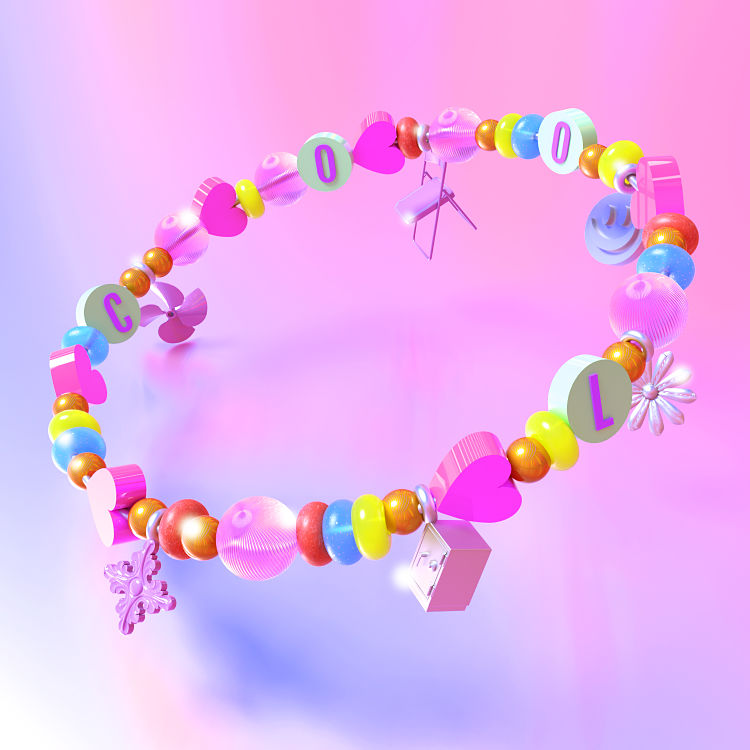
 Having worked at a number of high profile agencies, what are the most important things you’ve learned?
Having worked at a number of high profile agencies, what are the most important things you’ve learned?
Building narratives around the work. Allowing people to buy into the vision of a design direction by leaving few things to imagination, almost like world building. Being comfortable with ambiguity and knowing when to collaborate.
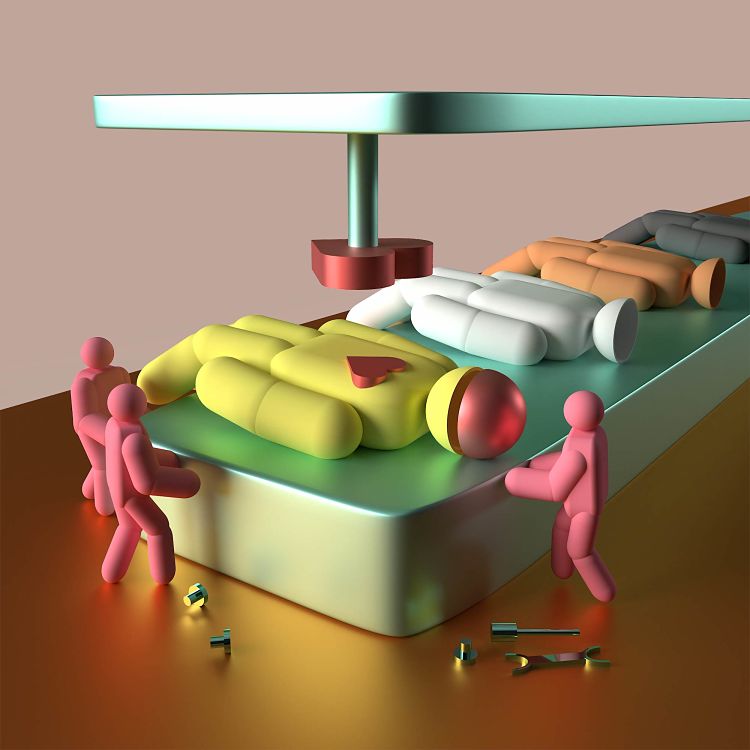

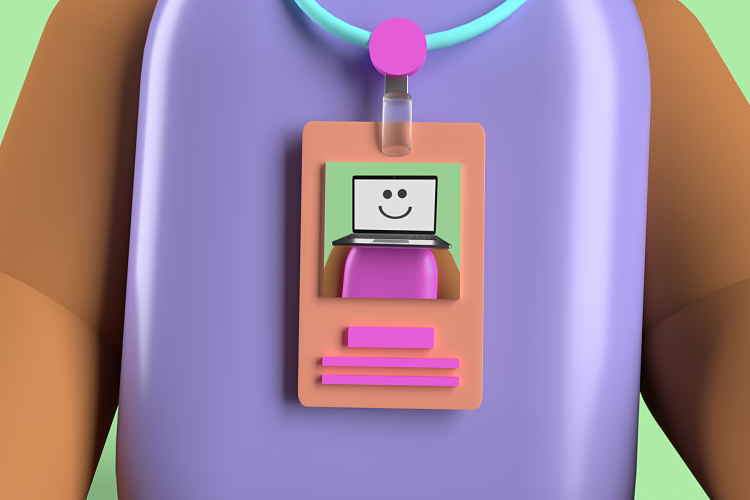 What are your goals for the future?
What are your goals for the future?
To work at the intersection of design, technology and business; and influence not just how something looks but how it works.
You might like...
- Autobahn - November 26, 2021
- Alphabetical - November 12, 2021
- SOFA Universe - November 8, 2021


